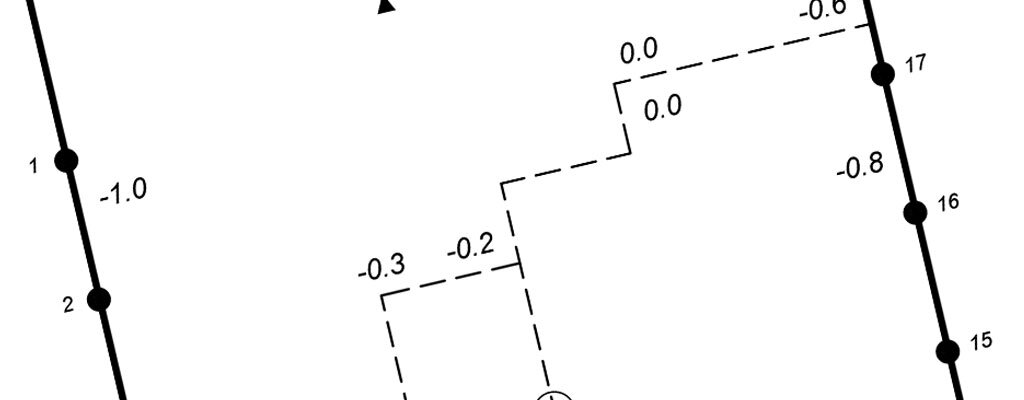The Situation
A homeowner in McKinney noticed interior wall cracks that surfaced recently in their one-story house. The house itself contained a concrete slab on grade foundation with wood framing, drywall finishes on the interior and a brick façade on the exterior. Upon a careful inspection, our professional engineers determined that there was indeed significant interior drywall cracking. The homeowner indicated during our on-site interview that the cracks were hairline in size at first, but became very large in September of 2014.
Analysis
Our professional structural engineers determined that the floor elevations within the living space vary by +/- 2.6 inches. This variance far exceeds the tolerance expected at the time of construction. The International Residential Code tolerates .5-inch differences in 20-foot areas and the American Concrete Institute tolerates .5-inch differences in 10-foot areas (or 1.5 inches total difference in the main living area).
September marks the end of the summer and is the peak month for active soils causing damage to foundation structures. In this case, evaporation and shrubbery close to the foundation contributed to the soil shrinkage. If the foundation is not watered regularly, the soils will shrink and cause foundations to settle in areas where active clays are present and drying out.
Solution
Our engineering professionals recommended adding soil to embed the foundation and provide an additional barrier for evaporation all the way around the house, The structural engineers also recommended 18 exterior piers to help level the foundation and prevent further downward movement in the areas of concern. In addition, we recommended that a foundation watering system be installed and utilized along with a post-repair plumbing test to ensure the plumbing system is intact.
It is important to note that not all “out of tolerance” floor elevation areas of the foundation need to be piered. Sometimes, a home is built out of level and does not need to be repaired. Occasionally, the pier plan is prepared to meet a smaller budget or provide relief in area where damage is present. A pier plan is usually determined on a case-to-case basis and engineers have the ability to use their best judgment. This judgment can be tricky because damage can be hidden or not within sight. This is why hiring a professional structural engineer to do the job is very important.




